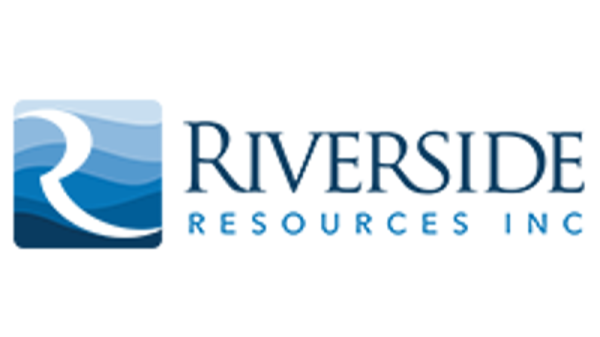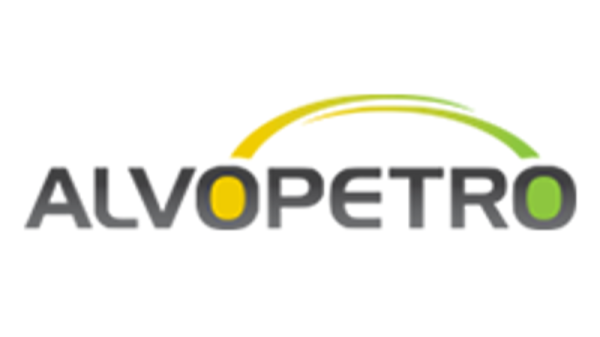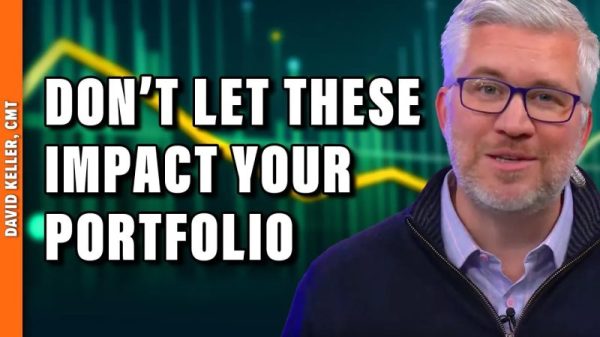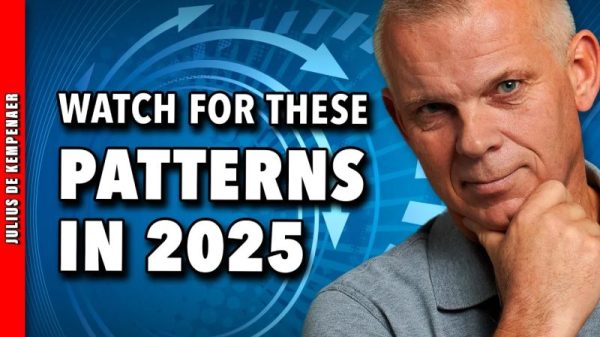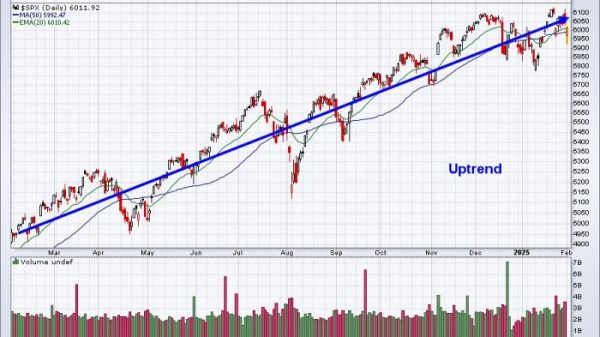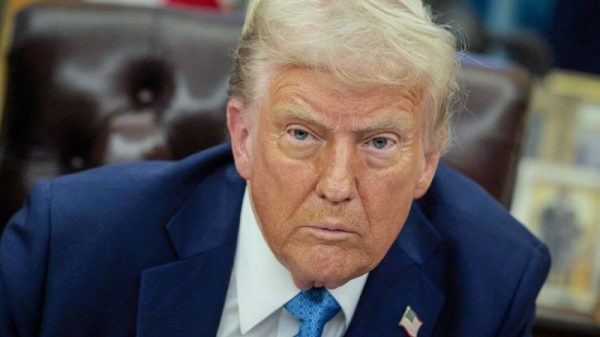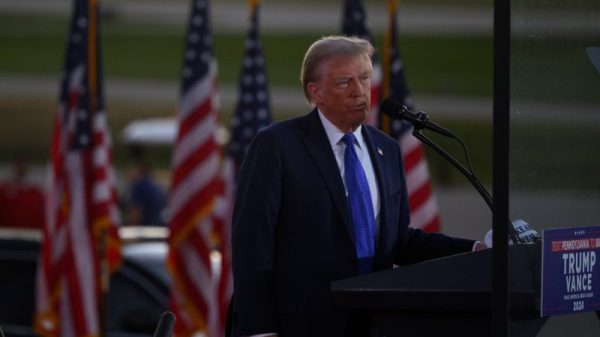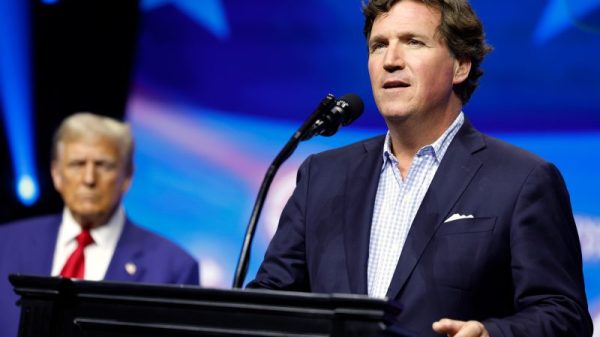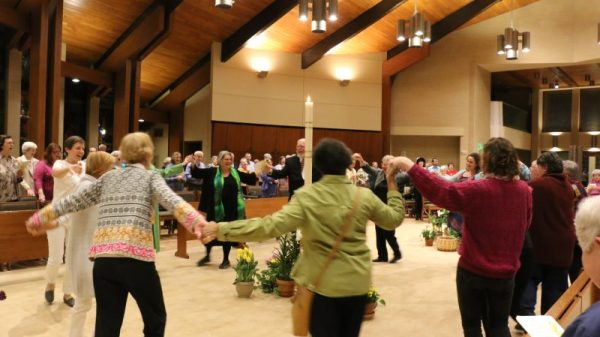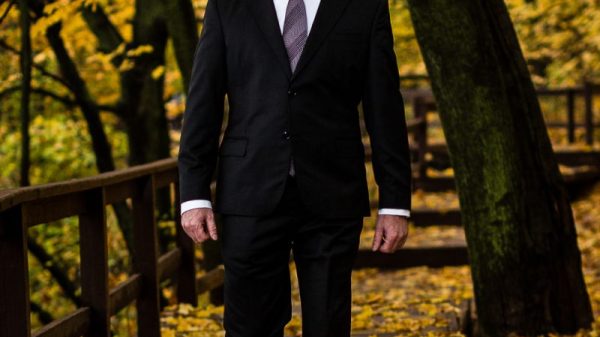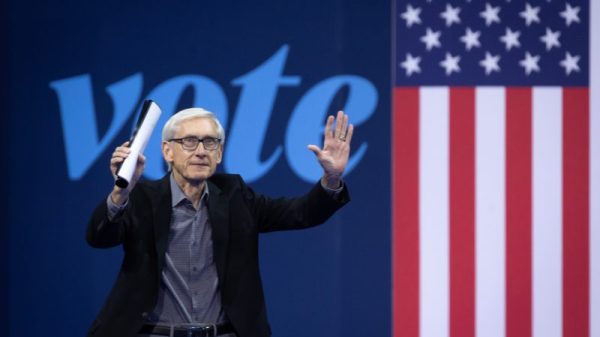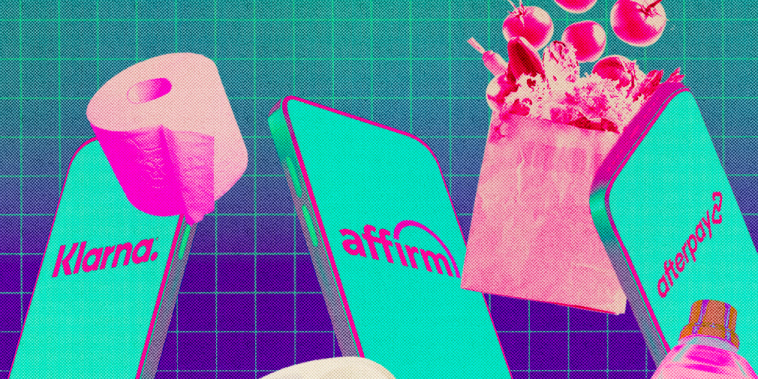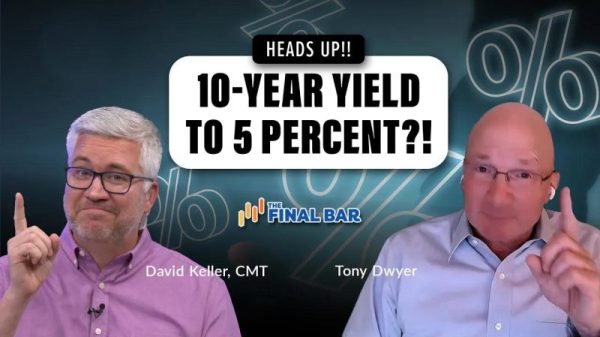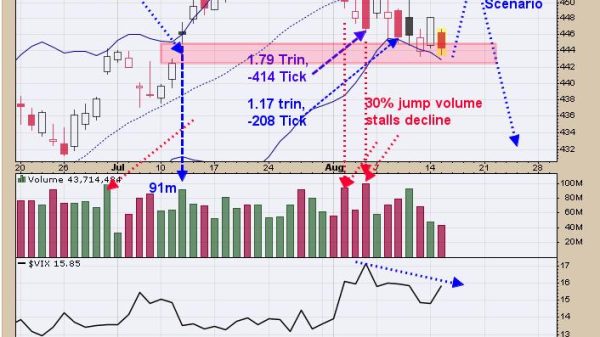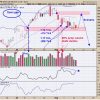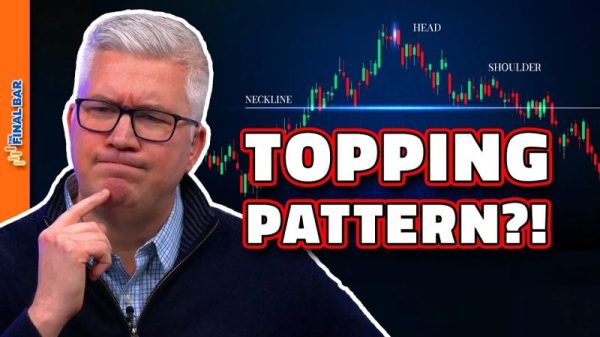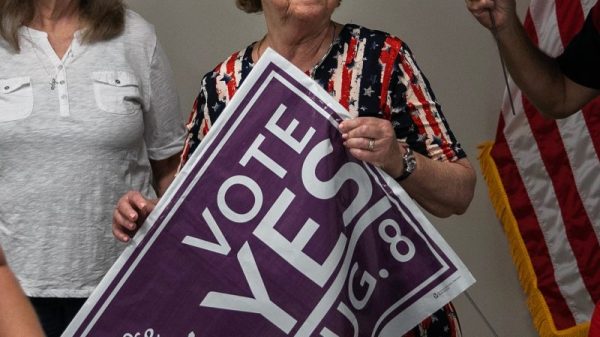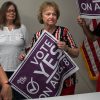Buying now and paying later is still a popular way to splurge on airfare to Cabo. It’s an increasingly common way to buy groceries and lawn furniture, too.
Consumers ages 35 and under comprise 53% of “buy now, pay later” users but just 35% of traditional credit card holders, according to LexisNexis Risk Solutions. Many of those core “BNPL” borrowers have grown so comfortable using the installment loans for just-out-of-reach luxuries that they’re putting more everyday purchases on them as well.
Apparel and accessories were the most popular product category among millennial (ages 30-44) and Gen Z (18-29) users of the BNPL provider Afterpay in 2021 and 2022. But last year it fell to fourth place behind “arts, travel and entertainment,” “home and garden” and “hardware,” according to data the company provided to NBC News.
The shift adds to signs that fast-growing BNPL services, which let users break up transactions into several payments with little or no interest, are becoming a routine tool in young adults’ wallets as they adapt to higher prices.
Afterpay’s youngest users’ spending on many staples has surged by double and triple digits, with contact lenses soaring 465% from 2022 to 2023, garbage bags jumping 182% and first-aid antiseptics rising 98%. Their spending growth for lighter fluid, laptop parts and snoring and sleep apnea aids all surpassed 300%.
Young borrowers are making similar moves on rival services, too. Benjamin Espinoza, 27, recently stocked his fridge using a discount promotion from Instacart and selected Klarna at checkout, using the BNPL provider to spread out his roughly $40 bill.
It sucks that these are the avenues that I have to go through.
Klarna user Benjamin Espinoza, 27
“It sucks that these are the avenues that I have to go through,” said the San Antonio, Texas, video editor, who lives with three roommates.
Espinoza said he made less than $7,000 last year after earning his bachelor’s degree in history two years ago. He acknowledged most BNPL services don’t help consumers build credit for timely repayment but said, “It’s good that it’s here in the moment.”
Jasmine Parker, 30, also uses Klarna for groceries, including when she’s waiting for a paycheck. It allows her to buy everything she wants rather than forgo a few items, but she said she usually pays her full balance after the second installment comes due “so I don’t have to worry about it.”
“I don’t like owing a bunch of money,” said Parker, who works in customer service and lives in the Raleigh-Durham area of North Carolina, adding that the thought of her student loans stresses her out.
It isn’t just BNPL borrowers in their 20s and 30s making the shift toward essentials. Grocery purchases by shoppers of all ages have expanded their slice of online BNPL loans by 40% since this time last year, according to Adobe — a bigger jump than any other product category — while electronics’ share shrunk by 14%.
Some users on TikTok and X, formerly Twitter, have been trading BNPL-based grocery hacks to cope with higher costs.
“Being able to use afterpay for groceries is a finesse,” one X user posted in December. “Just buy an e giftcard to the grocery store and send it to yourself.” Afterpay said gift cards and certificates are the second-fastest-growing purchase in its arts and entertainment category by millennial and Gen Z customers.
Many borrowers have flocked to BNPL to avoid credit cards with interest rates of 20% or higher. But younger users’ opting to pay for more necessities in installments also reflects the mini-loans’ growing ubiquity in an economy where many consumer prices have swelled.
BNPL providers “got integrated really well and really quickly” into mobile shopping during the pandemic recovery, said Vivek Pandya, lead analyst at Adobe Digital Insights. The services now “have consumers who are very plugged in. So that convenience factor, the ease with which they can kind of move through the BNPL payment process, through their online transaction, has really kept the growth persistent.”
Most BNPL services make money by charging commission fees from merchants when customers apply one of their instant loans at checkout. Afterpay’s retail partners include sellers of household staples such as 1-800-Contacts and PetSmart. In December, rival provider Affirm announced it was expanding to self-checkout kiosks at Walmart’s 4,500 U.S. stores, bringing the option within closer reach of shoppers stocking up on basics.
Nonessentials are still growing fast on BNPL services, too.
Afterpay said travel ticket spending surged 1,430% from the previous year among its youngest users. Affirm told NBC News those purchases are taking off on its platform as well: Travel and ticketing was Gen Zers’ fastest-growing category last year and nearly doubled in volume overall. It was among the fastest-growing purchases for millennials as well, but their top category by volume was “general merchandise, as they increasingly utilized flexible pay-over-time options for everyday purchases,” the company said.
A Klarna spokesperson said, “While it’s not our place to tell people how to shop or where to buy, we do think it’s our role to give people choice, convenience and flexibility when it comes to paying for everyday purchases like groceries and household goods.”
Some analysts worry the growth and popularity of BNPL services could spur more risky spending.
Researchers at the New York Federal Reserve recently found BNPL customers use the services differently depending on their finances. Those on shakier footing tend to use them like credit cards “to make medium-size, out-of-budget purchases frequently,” they wrote. More financially stable users turn to BNPL less regularly but do so largely to avoid credit-card interest for big purchases.
It has been a great way to help me with money management.
Afterpay user Deijanae Duncan, 36
Deijanae Duncan, 36, said she first started using Afterpay for beauty and fashion purchases, and then for cruise tickets. More recently, she’s used it to buy glasses for herself and sports equipment for her three sons.
“It wasn’t like I was experiencing any financial hardship,” said Duncan, who lives in Los Angeles and works as a project manager for a federal agency. “It has been a great way to help me with money management.”
The New York Fed researchers said purchases under $250 were among the most common for both types of borrowers they examined. While financially stable customers were far more likely to use BNPL services for pricier purchases around the $2,000 mark, even low-dollar installment loans can add up, especially for users with many open at once.
Still, BNPL can be a responsible option, said Kevin King, vice president of credit risk and marketing strategy at LexisNexis Risk Solutions.
“In a lot of ways, we’d rather have people who are in a tough financial position financing essential goods with this than financing a $400 Nordstrom purchase, which has its time,” he said.

